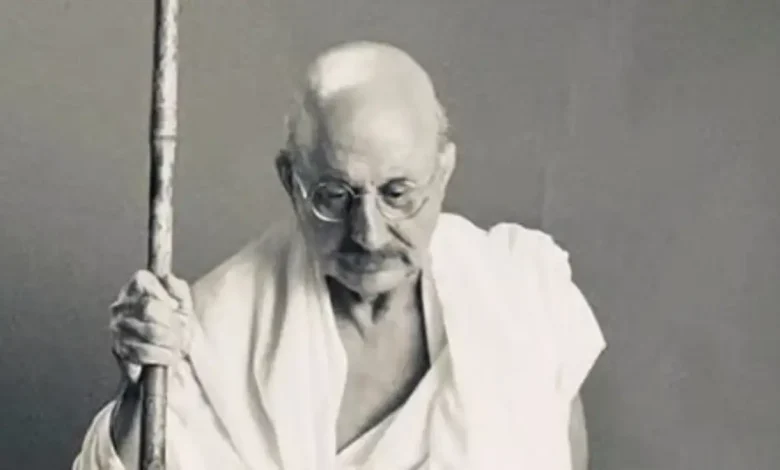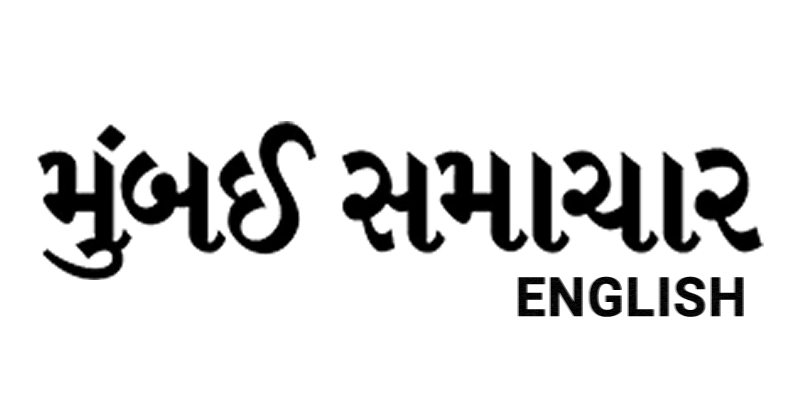Fact-Check: Did Mahatma Gandhi Tell Hindu Women to Commit Suicide to Avoid Rape as Depicted in Vivek Agnihotri’s The Bengal Files?

Mumbai: Vivek Agnihotri’s latest release, The Bengal Files the third instalment in his Files Trilogy after The Tashkent Files and The Kashmir Files hit theatres today, September 5. The three-and-a-half-hour film revisits the 1946 violence in Kolkata following the Muslim League’s ‘Direct Action Day’ call. True to Agnihotri’s style, the film blends extensive research with an emotive narrative, sparking both praise and debate.
One of the most controversial elements of the movie is its portrayal of Mahatma Gandhi. Globally revered as the apostle of non-violence, Gandhi is shown in a disturbing scene offering advice to Hindu women during the massacre.
Gandhi’s Controversial Portrayal in the Film
In the sequence, actor Sourav Das as Gopal Patha asks Gandhi (played by Anupam Kher) how Hindu women should protect themselves from assault during the riots. The film depicts Gandhi as replying that a woman should end her life by biting her tongue or holding her breath if even a hair on her head is touched, claiming that would be “true courage.”
This depiction echoes claims Agnihotri himself amplified earlier this year. On July 30, he posted on social media alleging that Gandhi had told Hindu women in Noakhali to “learn how to die” rather than resist assault. Variations of this claim have circulated online, some citing the book Freedom at Midnight by Dominique Lapierre and Larry Collins, which controversially attributes to Gandhi a suggestion that women should passively accept violence or even “cooperate” with attackers.
What Gandhi Actually Said About Sexual Violence
However, Gandhi’s documented writings suggest a different stance from what is portrayed in the film. According to mkgandhi.org, a website maintained by the Gandhi Research Foundation and Bhartiya Sarvodya Mandal, Gandhi consistently emphasised active resistance by women facing assault.
Gopal Patha vs Mahatma Gandhi
— The Jaipur Dialogues (@JaipurDialogues) September 5, 2025
धर्म का मार्ग ना की अहिंसा का 🔥🔥 pic.twitter.com/yG6i7ryyAs
In a 1940 statement, Gandhi wrote:
“I have always held that it is physically impossible to violate a woman against her will. The outrage takes place only when she gives way to fear or loses sight of her moral strength. If she cannot resist an assailant’s physical strength, her purity will give her the courage to die before he succeeds.”
Later, in 1942, Gandhi went further, urging women to physically fight back:
“When a woman is assaulted she may not stoop to think in terms of ahimsa or himsa. Her first duty is self-protection. She is at liberty to use every method to defend her honour. God has given her nails and teeth—she must use them with all her strength, and if need be, die in the effort.”
Interpretation vs. Records
These statements indicate Gandhi did not advocate suicide or passive acceptance, but rather resistance with full strength even if that resistance cost one’s life. His reference to death appears linked to dying while fighting back, not taking one’s own life in submission.
While The Bengal Files has been praised for its depiction of historical trauma and its attempts at deep research, its representation of Gandhi’s stance on sexual violence does not align with his recorded words. Historical evidence indicates Gandhi pushed for women’s active self-defence, rather than urging them to quietly embrace death.




